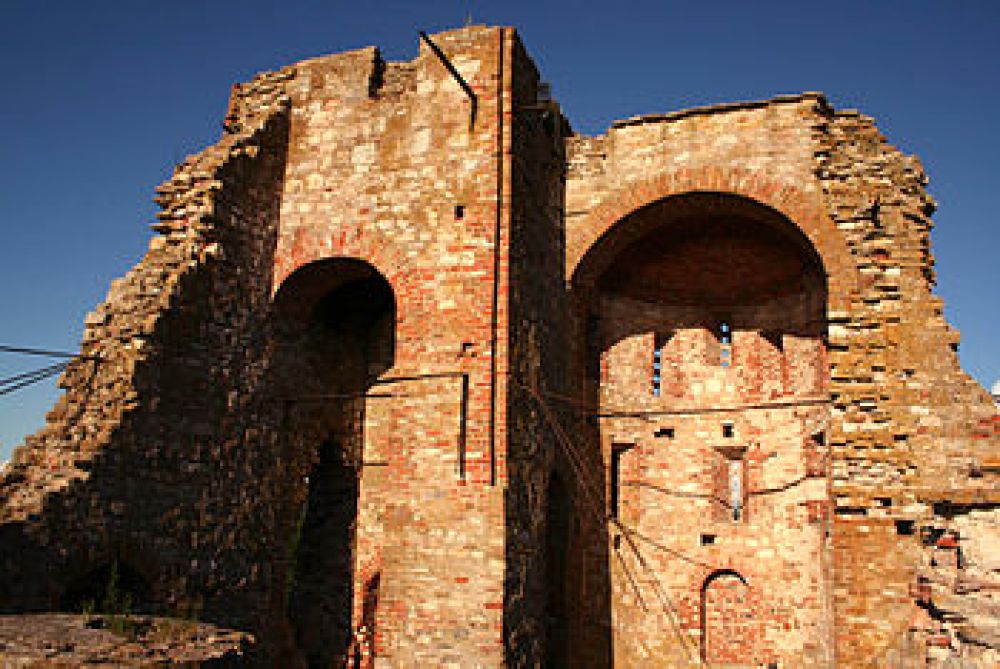

The ancient site of Rurikovo Gorodische in Veliky Novgorod, Russia, stands as a testament to the rich history and cultural significance of the early Russian state. It represents a fascination with the origins of the Russian nation and has long been a focal point for historians and tourists alike.
The significance of Rurikovo Gorodische traces back to the fabled arrival of the Varangian prince Rurik, who is said to have established his stronghold there around the mid-9th century. This event, chronicled in the Russian Primary Chronicle, is often considered the starting point of Russian statehood. Rurik's reign gave rise to the Rurik dynasty that ruled over Russia for many centuries. The archaeological findings in the area have provided vital insights into the life and governance of early Russian society.
Desire to connect with this pivotal era in Russian history has made Rurikovo Gorodische a notable destination for tourists. Interest piqued especially after Veliky Novgorod was declared a UNESCO World Heritage site in 1992, encompassing the historical monuments of Novgorod and its surroundings, including Rurikovo Gorodische. With the increased international recognition, tourism traffic to the site has seen a consistent rise, drawing history buffs, academics, and those with ancestral ties to the region.
In recent years, travel trends have shifted toward experiences that immerse visitors in the local history and culture. Rurikovo Gorodische has adapted to this trend by offering guided tours that provide context to the ruins and landscapes. Reenactments and historical festivals have become popular, where visitors can witness Viking combat demonstrations, traditional crafts, and hear the tales of ancient Rus'.
With the increase in tourism, there has been a concerted effort to balance visitor access with the preservation of the archaeological site. Infrastructure improvements aim to enhance the tourist experience while protecting the integrity of Rurikovo Gorodische. Informational placards and protected walkways allow tourists to explore without damaging the historical remains.
The future of tourism at Rurikovo Gorodische sees a blend of technology with tradition. Virtual and augmented reality experiences are in the conceptual stages of development, which can provide even deeper dives into the historical context of the site without impacting its physical state. The use of digital storytelling and interactive exhibits will likely increase, offering new ways for visitors to engage with the life and times of Rurik and early Russian civilization.
In conclusion, Rurikovo Gorodische in Veliky Novgorod boasts an extraordinary history that has been carefully entwined with its tourism approach. As it moves forward, it continues to exemplify how heritage sites can accommodate modern tourism trends while retaining their historical allure and significance.